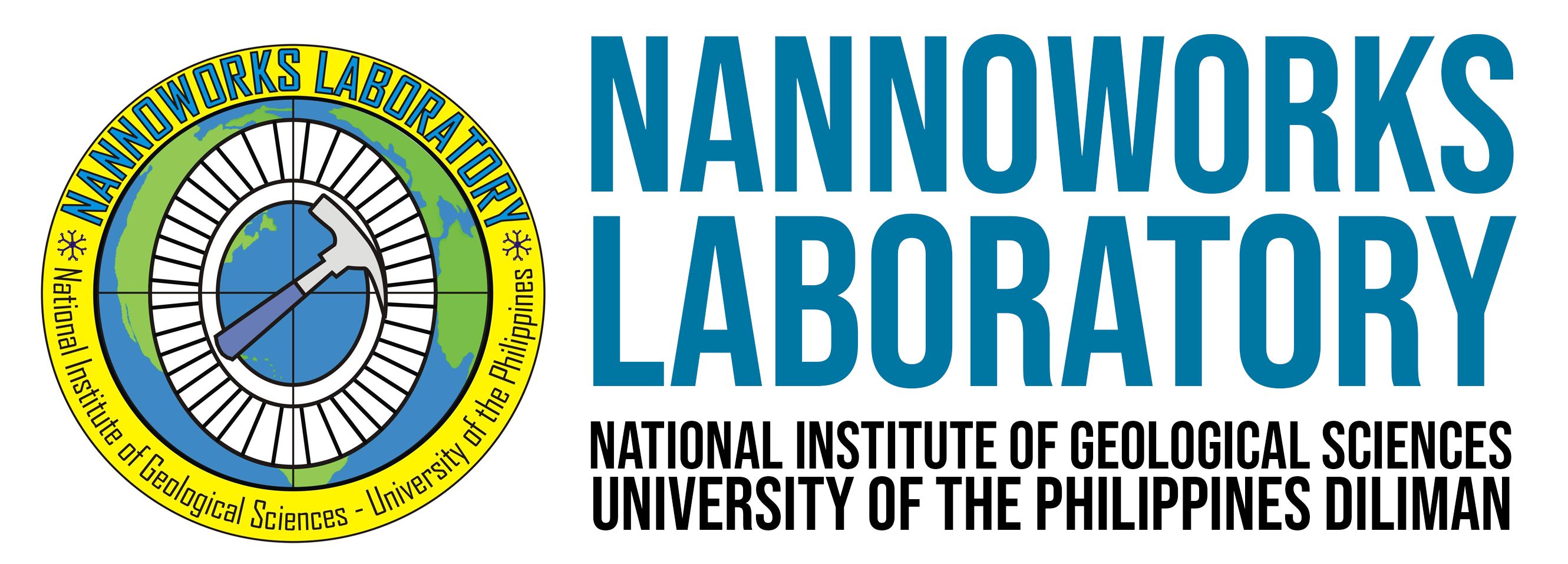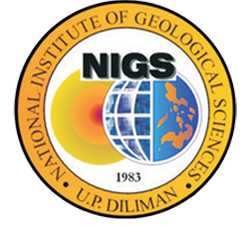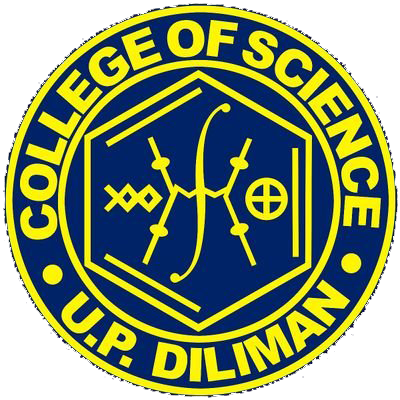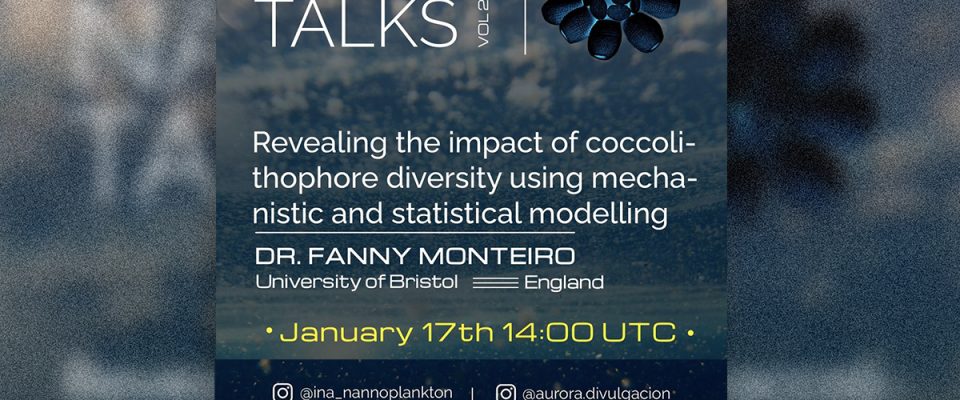We are inviting our colleagues and fellow fossil enthusiasts to attend the second series of Nannotalks by the International Nannoplankton Association (INA). The first talk in the second series will be delivered by Dr. Fanny Monteiro of the University of Bristol, UK, with a title “Revealing the impact of coccolithophore diversity using mechanistic and statistical modelling.” The meeting is set to be held on the 17th of January, 2022 (14:00 UTC; 22:00 PhilST). The abstract is posted below:
While most coccolithophore studies rely on the fast-growing Emiliania huxleyi species, observations suggest that other species are more important for the ocean calcium carbonate production as larger and more heavily calcified. Including diversity is then fundamental to understanding coccolithophore’s ecological and climatic impact. Here, I present the development of two modelling techniques, mechanistic and statistical, to explore the impact of coccolithophore diversity on the global ocean. The mechanistic model relies on the promising trait-based approaches, where biodiversity is captured by functional diversity, which defines functional groups of similar traits (e.g., size, calcification) and trade-offs (costs and benefits of a particular trait). We apply trait-based approaches to coccolithophore and review the costs and benefits of coccolithophore main trait of calcification. We find that calcification has multiple benefits explaining their high diversity and broad ecological niches. We also find that trait-based knowledge is limited to modelling coccolithophore functional diversity accurately. Without more knowledge, an alternative approach is to use statistical modelling, where we model coccolithophore species distributions combining global datasets of coccolithophore abundance of the top 160 species and environmental conditions (e.g., temperature, nutrients, light). The resulting coccolithophore species distribution model shows that while E. huxleyi is the most abundant species, it counts for ~1/3of the total organic carbon biomass, with species like Umbellosphaera tenuis and U. irregularis also dominant.
More details can be found on the INA Facebook page.





